Medicine: Do Nothing Whenever Possible
Best Medicine is No Medicine
Do Nothing Whenever Possible
by Gregory A. Barrett, M.D.
Age of wonderful medical advances
We have so much to be thankful for when it comes to modern medicine. Medications are now available to fight infections, relieve depression, assist breathing, lower blood sugar, raise blood sugar, treat cancer, and improve or cure an infinite variety of additional conditions. Medicines can not only increase the quality of life but also prolong it. Advances in this area are directly responsible for the doubling of life expectancy we now enjoy. However, some discretion is advised.
The not-so-good news is that medications do have their limitations. Furthermore, any drug is going to be accompanied by its own unique set of potential side effects. It is a general rule in pediatrics that if it’s not the disease itself making the child miserable, it’s going to be the treatments. As a result, there are frequently occasions when not prescribing is by far the best and safest course.
Not So Good News
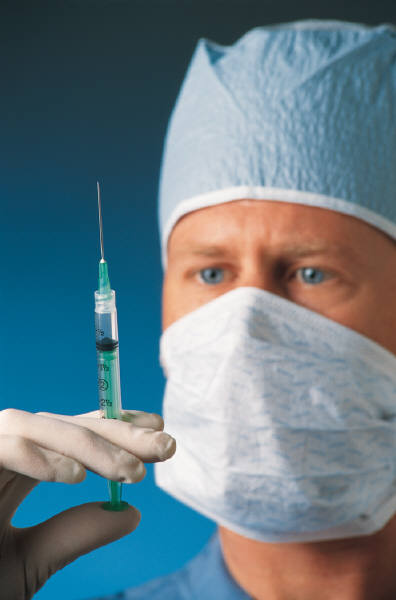
When concerned enough about their child to schedule a doctor’s appointment, a parent usually has two principal questions foremost in mind – first, is it serious, and second, is it treatable. Fortunately, most of the time the condition is not serious, but unfortunately, more often than not, an effective antidote is not available.
Most moms and dads instinctively hope for some form of action in the way of a medication from a doctor. Oftentimes, however, no such cure is available. In these instances, knowledge, explanation, and reassurance become the keys. What does she have, how did she get it, how do we make her more comfortable, what is the expected course, how should she be monitored, and what are the symptoms that would indicate the need to return for further evaluation?
This is the information parents need and deserve when their child is sick. Every disease has a characteristic course and tempo, and familiarization with these can be invaluable. Successfully gaining an understanding of the natural history and management of the more common pediatric afflictions leads to immeasurably improved parental confidence and self-sufficiency.
A pharmacological reality is that all medicines are potentially toxic. The beloved pink, bubble-gum flavored Amoxicillin can result in a life-threatening allergic reaction known as anaphylaxis. Antihistamines may be responsible for either sedation or psychosis. Simple decongestants might somewhat improve the breathing through the nose but at the expense of creating a hyperactive insomniac and, trust me, this side effect is no bargain.
The aggression and irritability from steroids (nicknamed “roid rage”) has left many a mother or father second guessing the decision to use these medications in the first place. And then there is liver toxicity from acetaminophen, jitteriness from inhalers, stomach ulceration from ibuprofen, and on and on and on….
Having said that, a physician should not become overly reticent to prescribe when appropriate. Antibiotics, asthma medications, chemotherapy, anti-convulsants – all of these and others can be critically important or even life-saving when used correctly. It’s just that one must be wary.
Necessary versus Optional
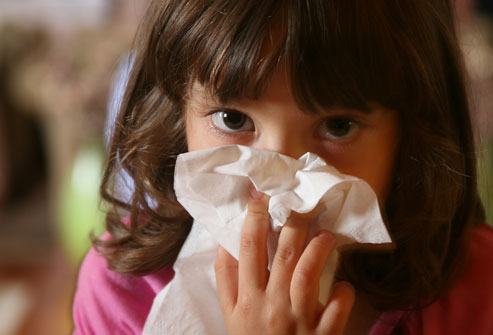
The world of medicines can be divided into two categories, the necessary and the optional. Regarding the former, one just needs to bite the bullet, be somewhat accepting of the side effects, and plow ahead. A child will likely lose his hair from the chemotherapy the oncologist prescribes to treat their leukemia, but with treatment the survival rate is 90% and without virtually zero. In a situation such as that you simply do what you have to do and accept the consequences.
The optional therapies, however, must face the acid test of whether or not the child’s condition will be significantly improved. Remember, in the case of a viral upper respiratory infection, Triaminic does not either shorten the course of the illness or lessen, to even the smallest of degree, the likelihood of secondary infection. And all the Tylenol in the world has no effect on eradicating the organism causing your daughter’s influenza.
The admonition to “do nothing” has a special application to those moms and dads who are also physicians. I even have a rule for them I call:
THE CURSE OF THE PRESCRIBING PARENT
It goes like this: there are only two possible outcomes if a doctor writes a prescription for a family member—and both of them are bad. Either the medication will not work; or, it will induce a significant allergic response!
I know this firsthand, courtesy of a family vacation a number of years ago to Marco Island, Florida. My daughter Rachel was about eight at the time and had a terrible sinus infection. Now it is unquestionably true that there is no disease in pediatrics more over-diagnosed, or which leads to a greater over-utilization of antibiotics, than sinusitis. (This is due to “The Myth of the Green Mucous,” i.e. the erroneous theory that if nasal drainage isn’t transparent the child needs to be treated.)
But, try as I might to deny it, Rachel was the real deal with facial pain, headache, purulent nasal congestion, low-grade fever, and halitosis. She felt miserable, and it was ruining both her and our vacation. Finally, against my better judgment, I contacted the local pharmacist and he agreed to accept an out-of-state prescription from me.
Sure enough, within twenty-four hours Rachel was covered with itchy red welts as a result of her allergic reaction to the antibiotic, and the remainder of our vacation was ABSOLUTELY ruined. I tell you, it’s a curse.
Medicine: Risks Vs Benefits
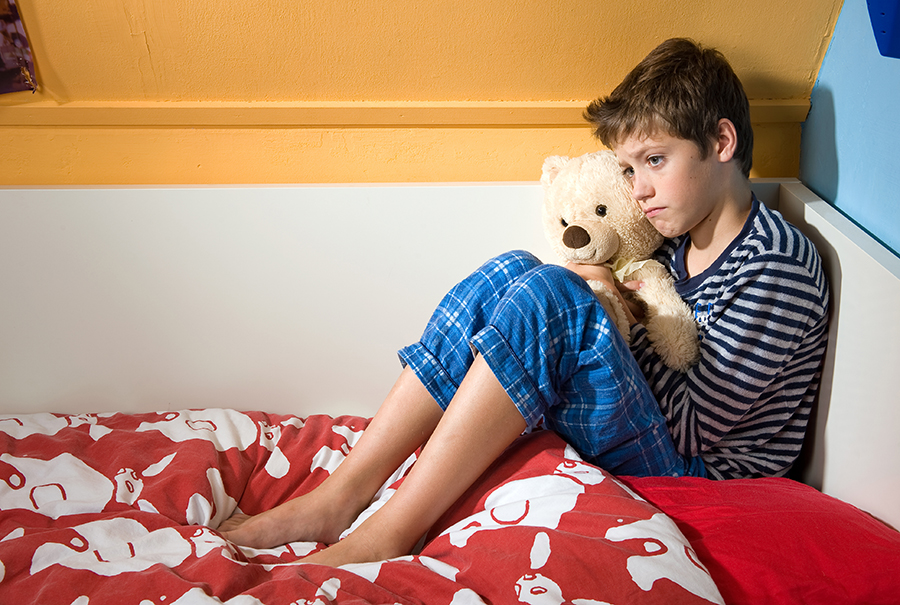
Risks and benefits must be considered prior to the administration of any medication. However, for you alternative medicine folks out there who are smiling right now, I’m afraid I have some rather bad news for you. I’m talking every bit as much or more about the nonprescription products you are administering to your children as I am to those parents utilizing more standard treatments. I do not differentiate. I consider these “natural,” holistic, or homeopathic intervention medicines in the same class as more orthodox therapies—excepting for the fact that they may possess an even higher degree of toxicity.
The Nutritional Supplement Act of 1994 passed by Congress protected all products packaged as food additives from scrutiny and testing by the F.D.A. To translate, this means that anything labeled as a dietary supplement is not required to establish either safety or efficacy. As a result, not only are these products notorious for containing such “natural” substances as lead, arsenic, and mercury, but manufacturers are allowed to make any claim imaginable without meeting the requirement of burden of proof. This simple piece of legislation opened a veritable Pandora’s box and led to the birth of an entirely new industry. The manufacturers can proudly state any benefit under the sun – improved prostate health, better skin, larger muscles, stronger immune system, higher IQ (can you say DHA?) – and are held up to no standard whatsoever. By law they are not required to face the rigorous, laborious testing standard medications must endure prior to achieving F.D.A. approval and appearing on the market. Now this is absolutely not meant to imply that all alternative treatments are bogus. Massage, some forms of aromatherapy, and any number of non-approved medications do have benefits, no doubt. But it is a fact that they face no scientific scrutiny.
Placebo and Alternative Medicine
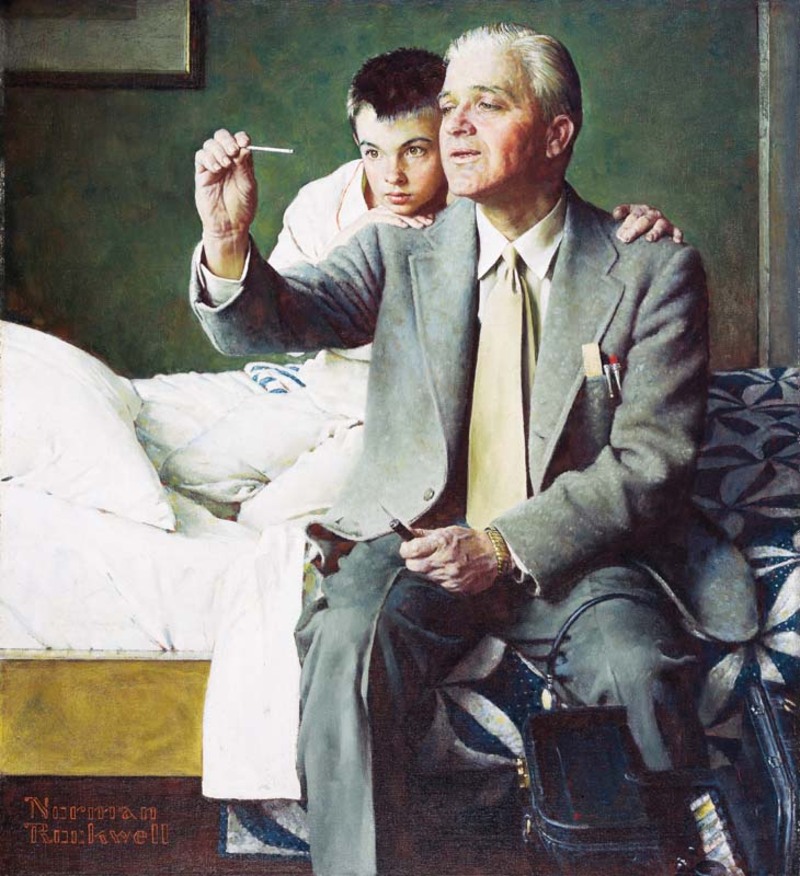
The most fascinating aspect of the whole alternative medicine phenomenon is how these treatments can actually be effective for an individual patient in spite of the fact that an overwhelming number of carefully controlled double blind studies show no benefit. The key is that the placebo effect with “natural” substances approaches eighty to ninety percent. To elaborate, when given a placebo nine out of ten true believers will gain the same benefit as from the alternative drug itself. The best result a standard physician can gain from his products is generally in the twenty percent range, so that ninety percent number is spectacularly mind-boggling.
When I was a younger physician, I used to scoff at this outcome. I assumed that it was the result of some extraordinarily gullible patient, but I no longer feel that way. If a person takes a given medicine which by any scientific analysis has no effect on lowering blood pressure or treating depression, but when taken the diastolic measurement drops or the gloom dissipates, what is the problem? I have become convinced that in the final analysis this particular placebo effect is all about faith healing. If you truly, truly believe in the philosophy of alternative medicine, and if you put your trust in the clear skinned, vibrant, personable, healthy-looking clerk in the health food store, then your prostrate will start to feel better, your immune system will flourish, and your sex life will just soar into the stratosphere! My only caution is make sure it’s safe, and be advised not to be “treating” anything truly serious.
Placebo’s and Scams

For many people the whole natural medicine phenomenon has taken on distinctly religious overtones. They may not believe in a higher power or the healing properties of prayer but they do believe in the philosophy of alternative medicine, even though there may be less scientific validation of these treatments than of the healer in his tent. But remember, you must have faith or, as innumerable studies have decisively established, the remedies will be of no value. And that is certainly bad news for us skeptics, because if one doesn’t believe then these concoctions will work no better than the worthless placebo.
The bottom line is this: Do not proudly state to your physician that your child is not taking any medications without bothering to mention the minor detail that you are giving her zinc, megavitamins, chamomile, primrose oil, probiotics, ginseng, echinacea, and St. John’s wort. Because if you are, believe me, no matter how much you would like to think otherwise, you are giving your child drugs. Untested, yes, unproven, yes, and quite possibly unsafe, yes, but drugs nonetheless. Just call them what they are.
A number of years ago I saw a young girl in my office with the chief complaint of a growth on the bottom of her foot. I diagnosed a wart (plantar, named for its location) and went on to reassure the mother and daughter the skin lesion was caused by an internal virus, eventually the body would build up sufficient antibodies to destroy it naturally, and without treatment it would resolve over time. If, however, the wart was deemed cosmetically unacceptable and/or causing discomfort they could select from the options of either cryotherapy (i.e. freezing) or the daily application of a variety of topical over-the-counter products containing 40% salicylic acid. This particular mom, however, was never one to accept a standard therapy when an alternative was available, so she did what any self-respecting modern parent would do under the same circumstances. She went surfing on the Internet.
About one month later our patient appeared once more in the office with her mother to have the wart re-checked. Upon examination there had been some slight improvement, but the primary concern was a tender red rim around the margins which resembled a burn.
“Okay,” I said, scratching my head. “What’s going on here?”
Well, the girl’s mom had discovered via her search engine a graduate student from China studying in Atlanta, Georgia, touting an “ancient Chinese recipe” for getting rid of warts. It goes without saying that to this particular parent it sounded too good to be true. She immediately fired off a check for $500!.
The secret cure apparently consisted of three components. First, a tin of herbal tea was supplied which was to be prepared and consumed once a day. Hmm. Second, a series of Chinese proverbs and sayings were to be meditated on or chanted or something or other before going to bed. Oh, boy.
And lastly, in what I strongly suspect to be the most critical ingredient in the program, a clear substance in a vial labeled “forty percent salicylic acid” was to be applied directly to the wart daily. Hoo-hah! That’s right, the exact same stuff available for a couple of bucks on the shelf of any local pharmacy!
This graduate student certainly got it, did she not? You had to admire her. Oh, yes, she was going to adapt extremely well to life here in the States and would likely thrive in the American capitalistic system.
The moral of the story? Every bit as much today as yesterday, snake oil never really goes out of fashion.
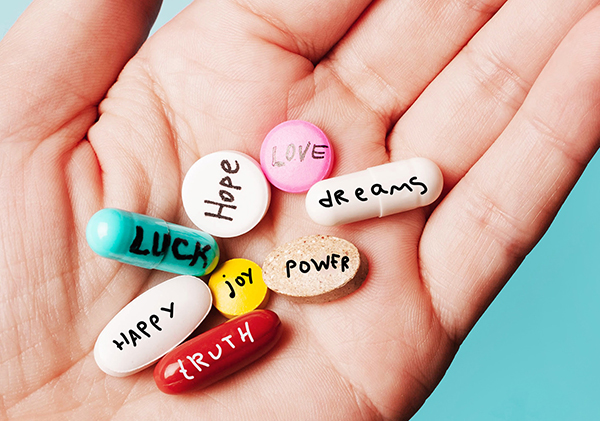
Each of us places great faith in science in our everyday lives to awaken us in the morning, to brake our automobile, to keep the airplane aloft, or to warn us of an impending storm. Yet when it comes to making decisions in arguably the most critical area of all – personal health and the health of our children – many completely disregard the findings of science and throw its careful, meticulously studied recommendations right out the proverbial window. This is a phenomenon I will never, never understand.
All Kids Get Sick
Illnesses are going to happen. All kids get sick. This is a normal part of childhood which cannot be avoided. When your son or daughter does come down with something make sure you have a thorough understanding of the specific disease process and monitor them very carefully. If you are unsure about what’s going on, or feel uncomfortable with how sick they are acting, seek appropriate medical attention. The good news is that most of the time the ailment will resolve on its own without any specific intervention.
Do nothing whenever possible. That is the ideal. The human body has an amazing capacity to heal itself. Oftentimes the best treatment – and in reality the only truly effective course of management – is to simply let nature run its course.
☤


